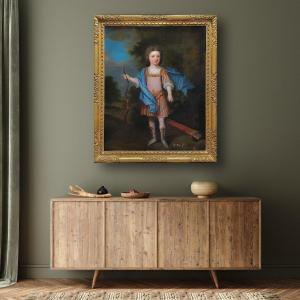Attributed to Charles D'Agar (1669-1723)
Depicted with bow in hand and situated against an Arcadian backdrop this young gentleman represents a fine example of portraiture at the turn of the 18th century. The present painting is striking in its grand scale and also its quality. The sitter is said to be Lord George Douglas and there is another painting by D’Agar in the Buccleuch collection at Drumlanrig Castle, Dumfriesshire.
The story of Drumlanrig Castle began in the 14th Century when William, the son of James, 2nd Earl of Drumlanrig (who died at Otterburn in 1388) became the 1st Laird of Drumlanrig. Over the decades the Douglas family stayed close to the monarchy. A relationship, which as you’d expect, benefitted both the Douglases and the royals. However the relationship did have its difficult times and James Douglas was one of the Lords responsible for driving Mary Queen of Scots out of the country in 1567. Yet Mary’s son, James Vl and l, chose to visit Drumlanrig in 1617 and the royal bond continued to strengthen. William, 3rd Earl of Queensberry, was very loyal to Charles II and was made 1st Duke of Queensberry in 1684. Since the 15th Century, the Scotts of Buccleuch have played a leading part in the life and development of large parts of the South of Scotland.
One of the more colourful characters to emerge during the turbulent times of the 16th century was Walter Scott. Knighted by King James VI in 1590, he became known as ‘Bold Buccleuch’ because of his dashing exploits in Border raids. In 1606 Walter was created 1st Lord Scott of Buccleuch. The Dukedom arose from the marriage of Walter’s great granddaughter Anna to James, Duke of Monmouth in 1663. As a consequence, the houses of the Scotts were united with the Montagus of Boughton and in 1810 the death of William, 4th Duke of Queensberry, brought Drumlanrig and the Queensberry Estate into the family, thus establishing the family’s full surname, Montagu Douglas Scott.
The convention was to depict children as miniature adults – and this young gent is a warrior, at least in his family’s eyes. Roman attire was often used in portraits at the time to provide a sense of timelessness as rapid changes in fashion made contemporary dress unsuitable as it quickly made portraits look outdated. The landscape setting and the bow and arrows imbue the portrait with a sense of Arcadian simplicity. This draws from the tradition of pastoral literature and by the early 17th century was already popular in art; all educated individuals were familiar with Latin and Greek pastoral poetry. The pastoral tradition in literature and plays had been embraced by an aristocratic class since classical times. Life in the country was perceived as peaceful, contemplative and free of worry of hardships, a time to pursue pleasure. To be painted in such a manner created a tangible expression of power and wealth.
Several other similar works to our portrait exist, by Sir Godfrey Kneller and Charles D’Agar and their circle. Many of D’Agar’s works have often been mistakenly attributed to Kneller but D’Agar is more directly comparable in style to Michael Dahl, whose treatment of children is similar not only in overall character but in distinctive features such as the hairstyle and the flowing draperies. See a portrait of a boy and greyhound, probably Sharington Davenport by Charles D’Agar.
Held in a good quality antique panel frame.
Charles D’Agar was a prolific artist and his graceful portraits are mannered and competent and were in high demand. Many aristocratic individuals sat for him.
Born in Paris, the son of painter Jacques (Jacob) D'Agar and his wife Marie Picard, the protestant family immigrated to London sometime between 1678 and 1681 by which time Jacques was officially expelled from the French Academy on religious grounds. Father and son both worked in London painting well-known individuals such as Charles II’s French mistress, Louise de Keroualle, Duchess of Portsmouth, before moving to Copenhagen c.1685 where his father became chief court painter first to Christian V (reigned 1670-99) and then to Frederick IV (reigned 1699-1730). By 1691 Charles returned to London where he settled permanently and established a fashionable practice working for a wide but especially aristocratic patronage. After the painter’s death in Leicester Fields, London in May 1723, George Vertue attended the sale of his collection of prints and drawings and reported that D’Agar had been a good courteous man. He left a widow Susannah and a son who was also a painter, possibly named David. In 1707 he charged £7 for a 30 x 25 inch and £12 for a 50 x 40 inch.
Provenance: Private UK collection
Measurements: Height 148cm, Width 124cm framed (Height 58.25”, Width 48.75”)





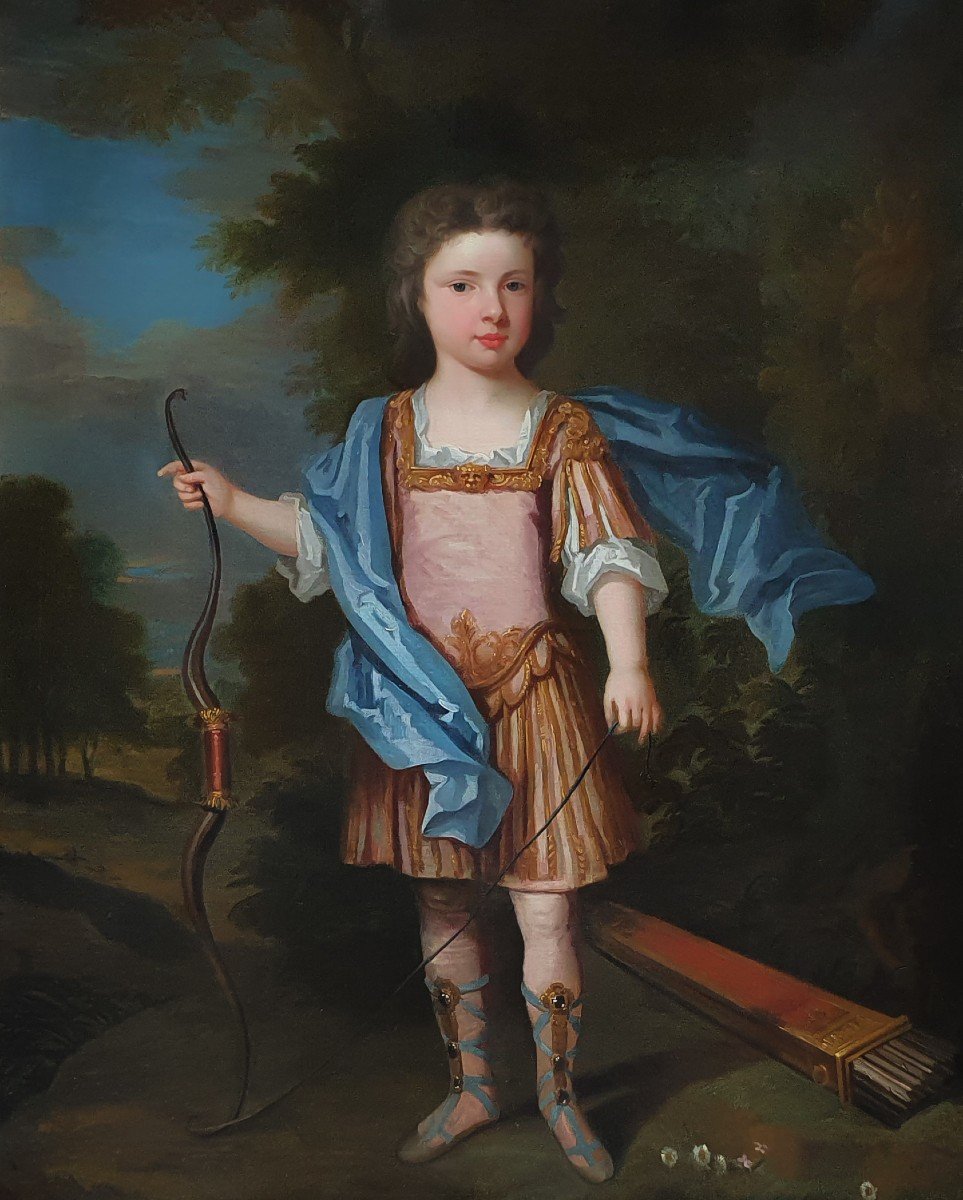

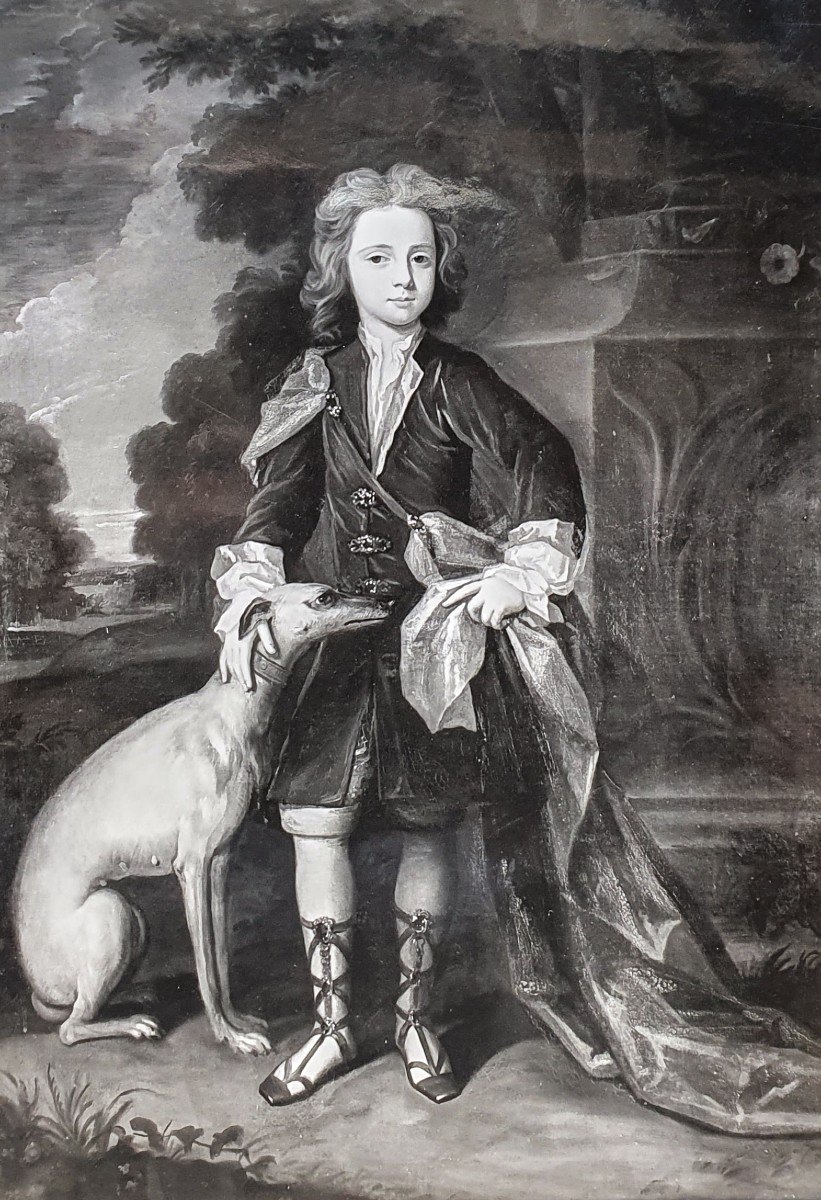


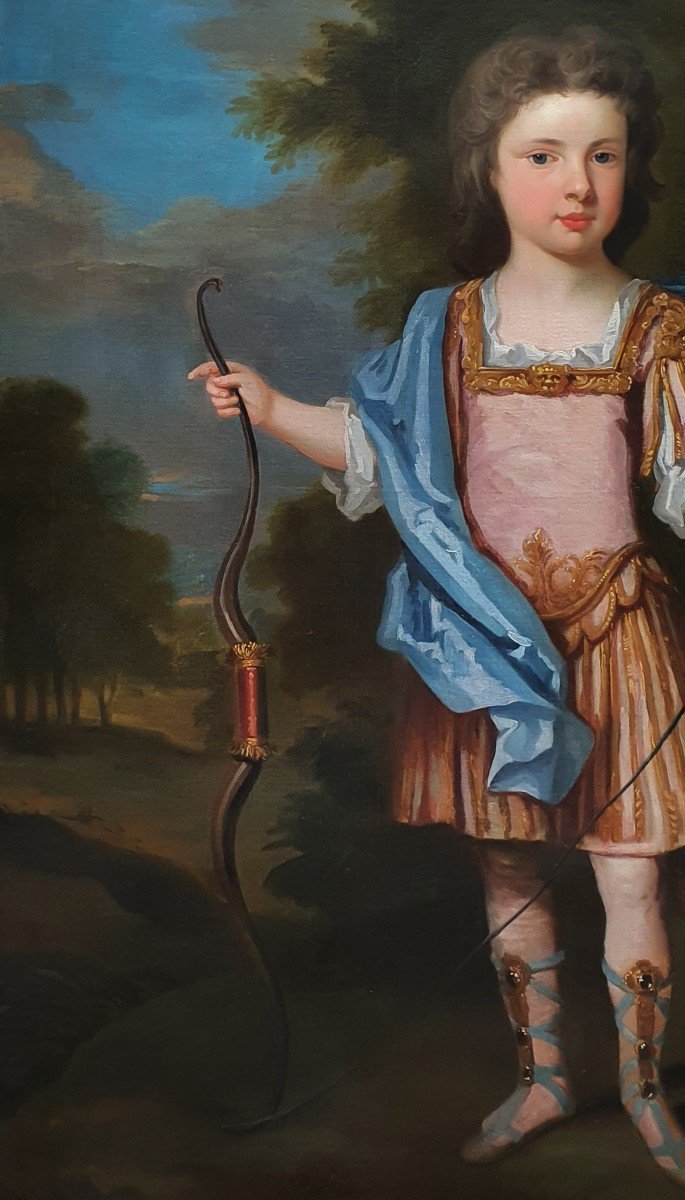
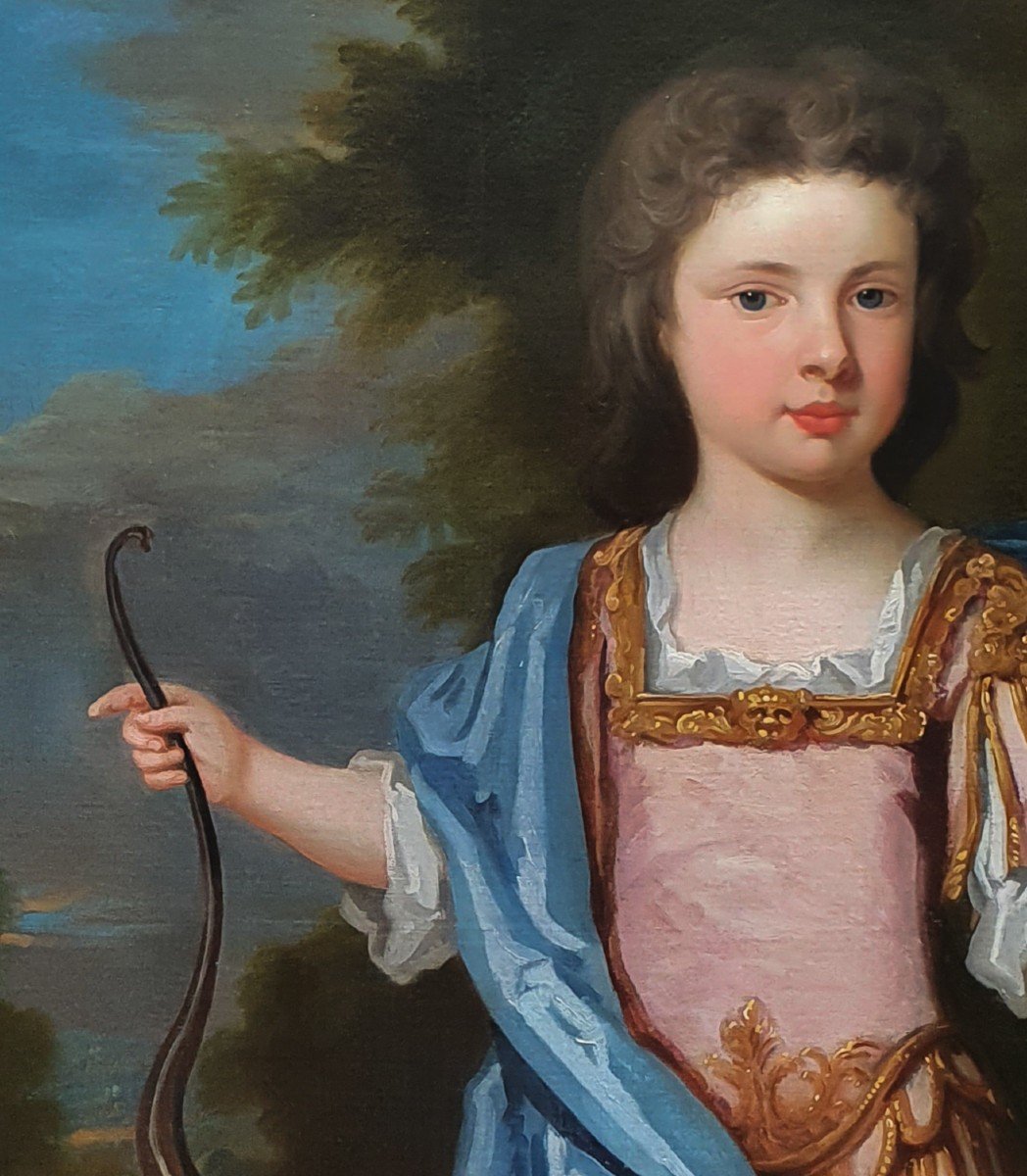






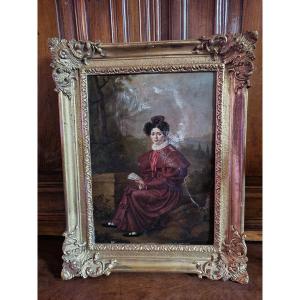








 Le Magazine de PROANTIC
Le Magazine de PROANTIC TRÉSORS Magazine
TRÉSORS Magazine Rivista Artiquariato
Rivista Artiquariato
